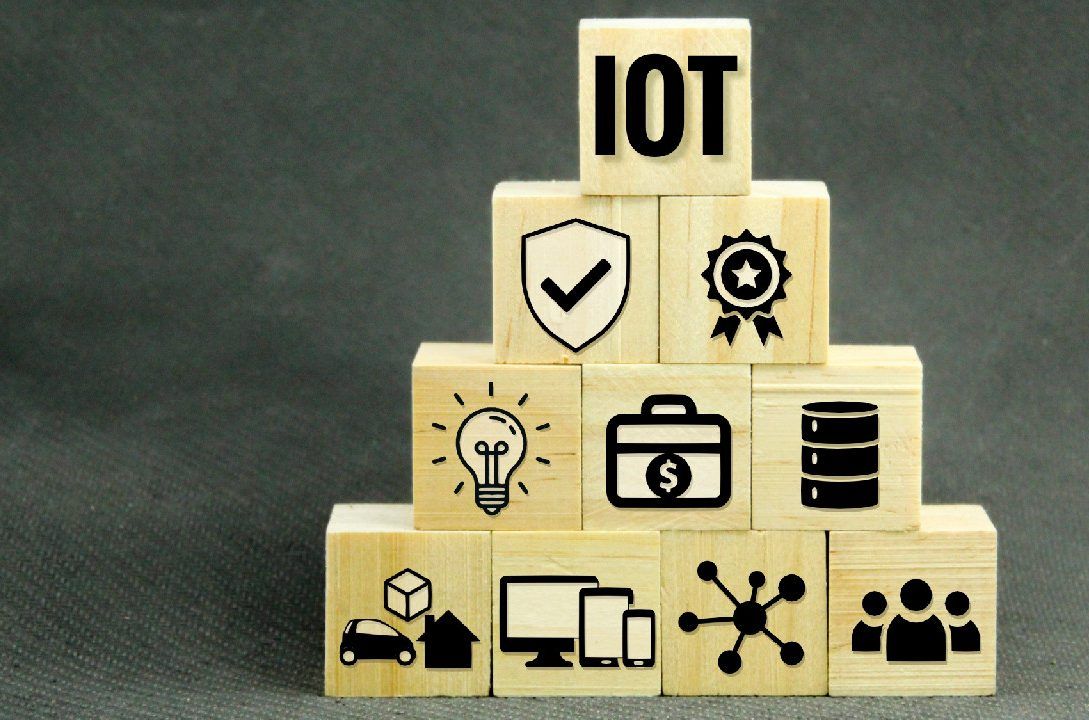The world we live in is becoming more interconnected with each passing day. From smartphones to smart appliances, the Internet of Things (IoT) has quietly but dramatically transformed the way we live, work, and interact with our environment. In this blog post, we’ll delve into the concept of IoT, its evolution, its implications, and the exciting possibilities it holds for the future.
Understanding the Internet of Things
At its core, the Internet of Things refers to the network of interconnected devices that communicate and exchange data with each other over the internet. These devices can range from everyday objects like watches and refrigerators to industrial machinery and environmental sensors. The key element here is the ability of these devices to collect and transmit data without human intervention, enabling them to make intelligent decisions and automate tasks.
Evolution of IoT
The idea of interconnected devices isn’t new, but the term “Internet of Things” was first coined in 1999 by British entrepreneur Kevin Ashton. However, it wasn’t until the proliferation of high-speed internet, advancements in miniaturization, and the development of low-power communication protocols that IoT truly started to take off.
The first wave of IoT devices included smart thermostats, wearable fitness trackers, and connected home security systems. These devices demonstrated the potential of IoT in improving convenience, efficiency, and quality of life. As technology continued to advance, IoT applications expanded to industrial settings, agriculture, healthcare, and urban planning.
Implications and Applications
The impact of IoT is felt across various industries:
- Smart Cities: IoT plays a vital role in creating smarter and more efficient urban environments. Smart traffic management, waste management, and energy consumption optimization are just a few examples of how cities are leveraging IoT to improve quality of life for their citizens.
- Healthcare: Wearable health trackers and remote patient monitoring devices are revolutionizing healthcare. Doctors can monitor patients’ vital signs in real time and receive alerts in case of emergencies, enabling quicker and more informed medical decisions.
- Manufacturing: In the manufacturing sector, IoT-enabled sensors and devices help monitor machinery conditions, predict maintenance needs, and optimize production processes, leading to increased efficiency and reduced downtime.
- Agriculture: IoT has made its way into agriculture, where sensors can monitor soil conditions, weather patterns, and crop health. This data-driven approach allows farmers to make informed decisions about irrigation, fertilization, and pest control.
Challenges and Considerations
While the potential of IoT is vast, it comes with its share of challenges:
- Security: With the increase in connected devices comes an increase in potential vulnerabilities. Securing these devices and the data they generate is a significant challenge, as a breach could have far-reaching consequences.
- Privacy: IoT devices collect vast amounts of data, some of which can be highly personal. Striking the right balance between data collection and user privacy is a delicate task.
- Interoperability: As the number of IoT devices from different manufacturers increases, ensuring they can seamlessly communicate with each other becomes crucial. Standards and protocols must be established for smooth interoperability.

Conclusion
The Internet of Things has come a long way since its inception, reshaping industries and the way we interact with technology. As we stand on the cusp of even greater technological advancements, it’s clear that IoT will continue to play a crucial role in shaping our connected future. From smart homes to smart cities, IoT’s potential to transform our lives is virtually limitless. However, to fully harness its benefits, we must address challenges related to security, privacy, and interoperability. With careful consideration and innovative solutions, the IoT landscape can continue to evolve into a safer, more efficient, and more interconnected ecosystem.
Related Posts:
Get Started with a free 15 -day trial
No credit card required for Trial Plan
Continue using starter plan for free forever, after trial or upgrade to Premium Subscription






… [Trackback]
[…] Here you will find 81128 additional Information to that Topic: blog.imeetify.com/the-evolution-and-promise-of-the-internet-of-things-iot/ […]
… [Trackback]
[…] Find More to that Topic: blog.imeetify.com/the-evolution-and-promise-of-the-internet-of-things-iot/ […]